The role of scent in design
daisychain01
12 years ago
Related Stories
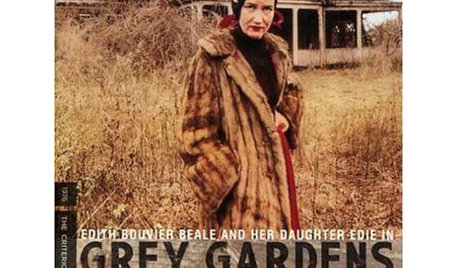
FUN HOUZZ10 Leading-Role Movie Houses
Architecture and interior design steal the show in these 10 house-focused flicks
Full Story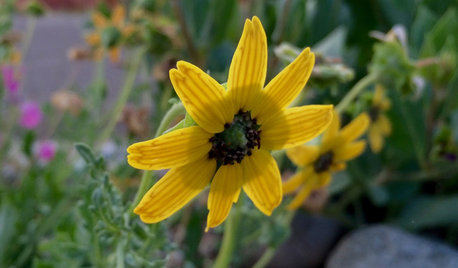
FLOWERS AND PLANTSFlowers of ‘Berlandiera Lyrata’ Surprise With a Subtle Chocolate Scent
This heat- and drought-tolerant Southern Plains native offers up daisy-like yellow blooms from spring to first frost
Full Story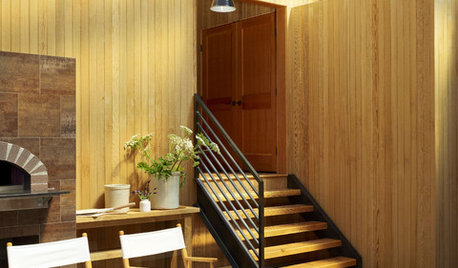
FURNITUREDirector's Chairs Get Starring Role
Director's chairs aren't just for movie sets. See how these stylish, versatile seats can take command of the action in your home
Full Story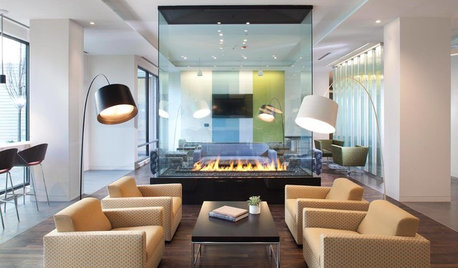
FIREPLACESObjects of Desire: Modern Fireplaces Play Many Roles
Space definers, warmth bringers, soul stirrers ... these modern fireplaces earn their keep for more than their good looks
Full Story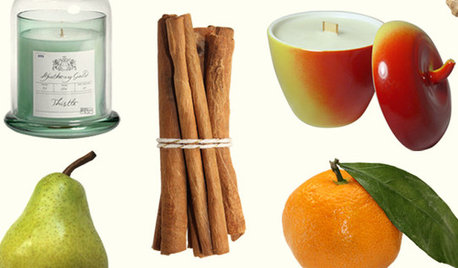
SHOP HOUZZShop Houzz: Enjoy the Scents of the Season
Create instant ambience at home with fragrances that evoke warmth, welcome and joy
Full Story
WORKING WITH PROSWant the Best Results? Join Your Design Team
Take a leading role in your home project to help the process go more smoothly and get what you really want
Full Story
GARDENING GUIDESGreat Design Plant: Milkweed
Quit cringing. This not-weed plant is a sight to behold in the garden, has a delicious vanilla scent and is a magnet for butterflies
Full Story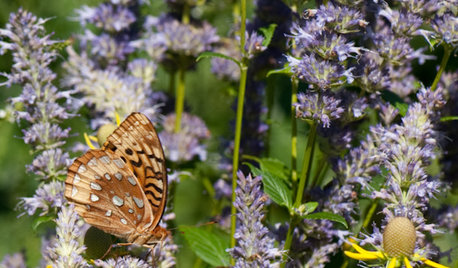
GARDENING GUIDESGreat Design Plant: Anise Hyssop Delights Licorice Lovers
With its distinct scent and flower spikes, drought-tolerant Agastache foeniculum stirs interest among humans and winged creatures alike
Full Story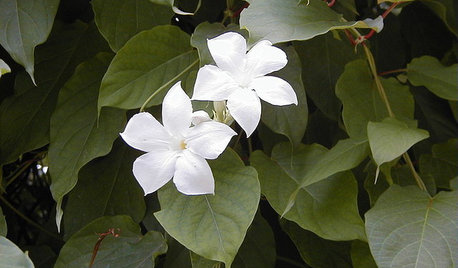
GARDENING GUIDESGreat Design Plant: Chilean Jasmine
Heavenly scented white blooms are the draw with this alluring vine, a treat for gardens through summer and into fall
Full Story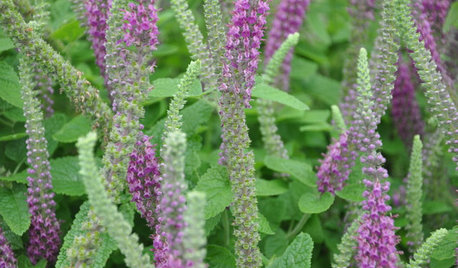
SUMMER GARDENINGGreat Design Plant: Iranian Wood Sage
Architecturally spiky yet soft in a breeze, this heat-tolerant plant brings on the butterflies and gives gardens a delicious scent
Full Story









drtygrl
inkognito
Related Professionals
Reading Landscape Architects & Landscape Designers · Ferndale Landscape Architects & Landscape Designers · Woburn Landscape Contractors · Athens Landscape Contractors · Davidson Landscape Contractors · Hilo Landscape Contractors · Medford Landscape Contractors · Tavares Landscape Contractors · Tehachapi Landscape Contractors · Ferguson Landscape Contractors · Baker Decks, Patios & Outdoor Enclosures · Roseville Decks, Patios & Outdoor Enclosures · Saint Louis Park Decks, Patios & Outdoor Enclosures · Rowlett Swimming Pool Builders · Santa Paula Swimming Pool BuildersYardvaark
inkognito
wellspring
karinl
deviant-deziner
kevin_5
inkognito
bahia
woodyoak zone 5 southern Ont., Canada
natal
wellspring
catkim
natal
timbu
feijoas
daisychain01Original Author